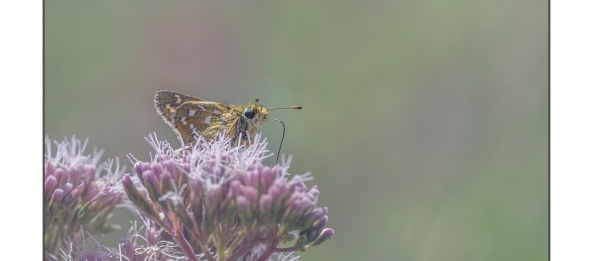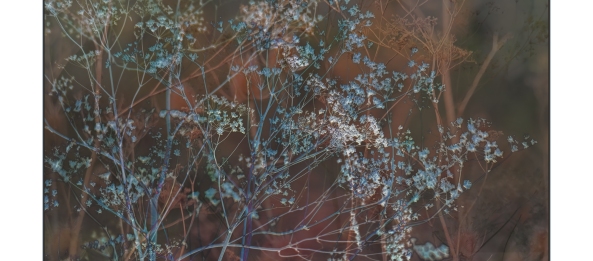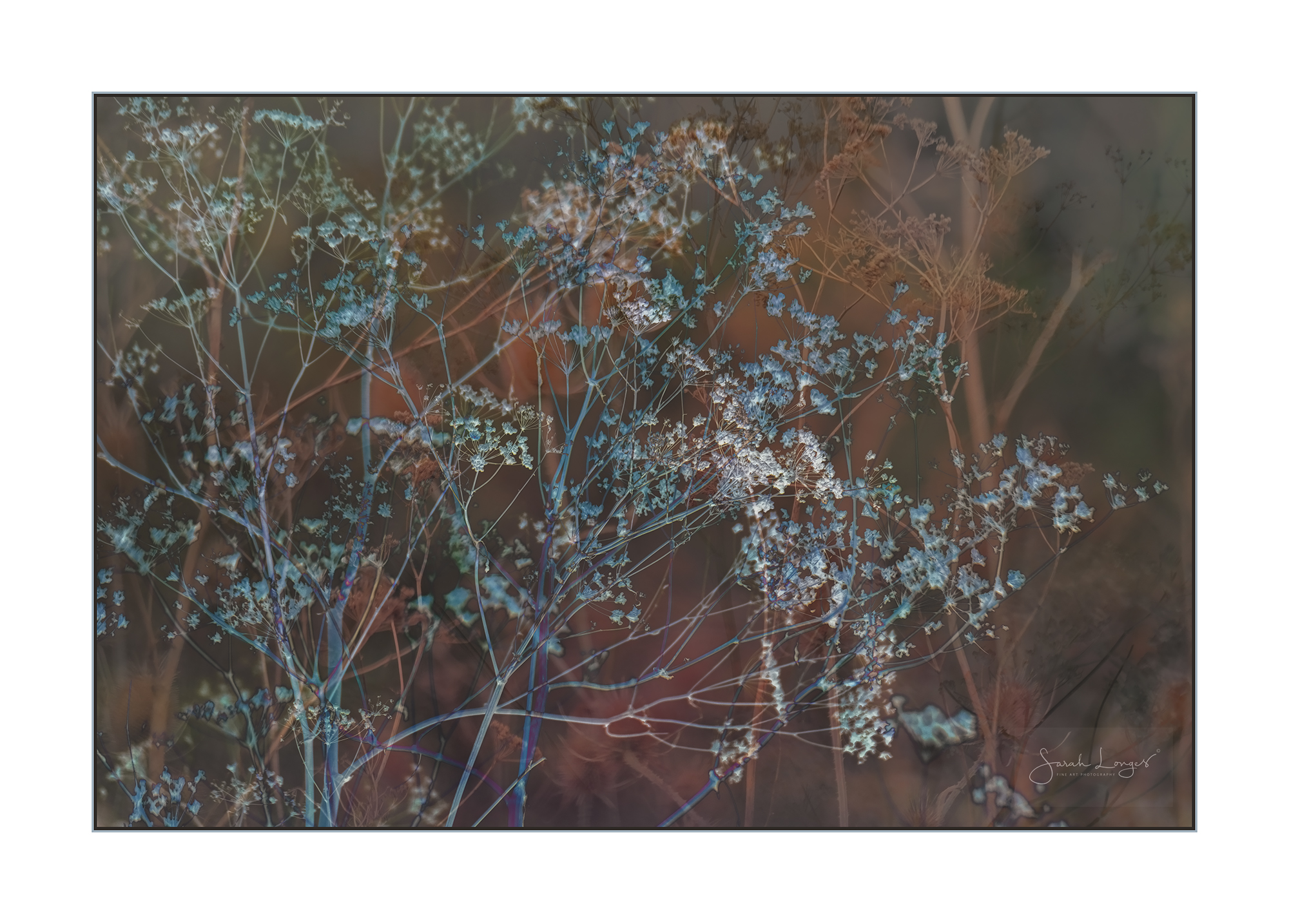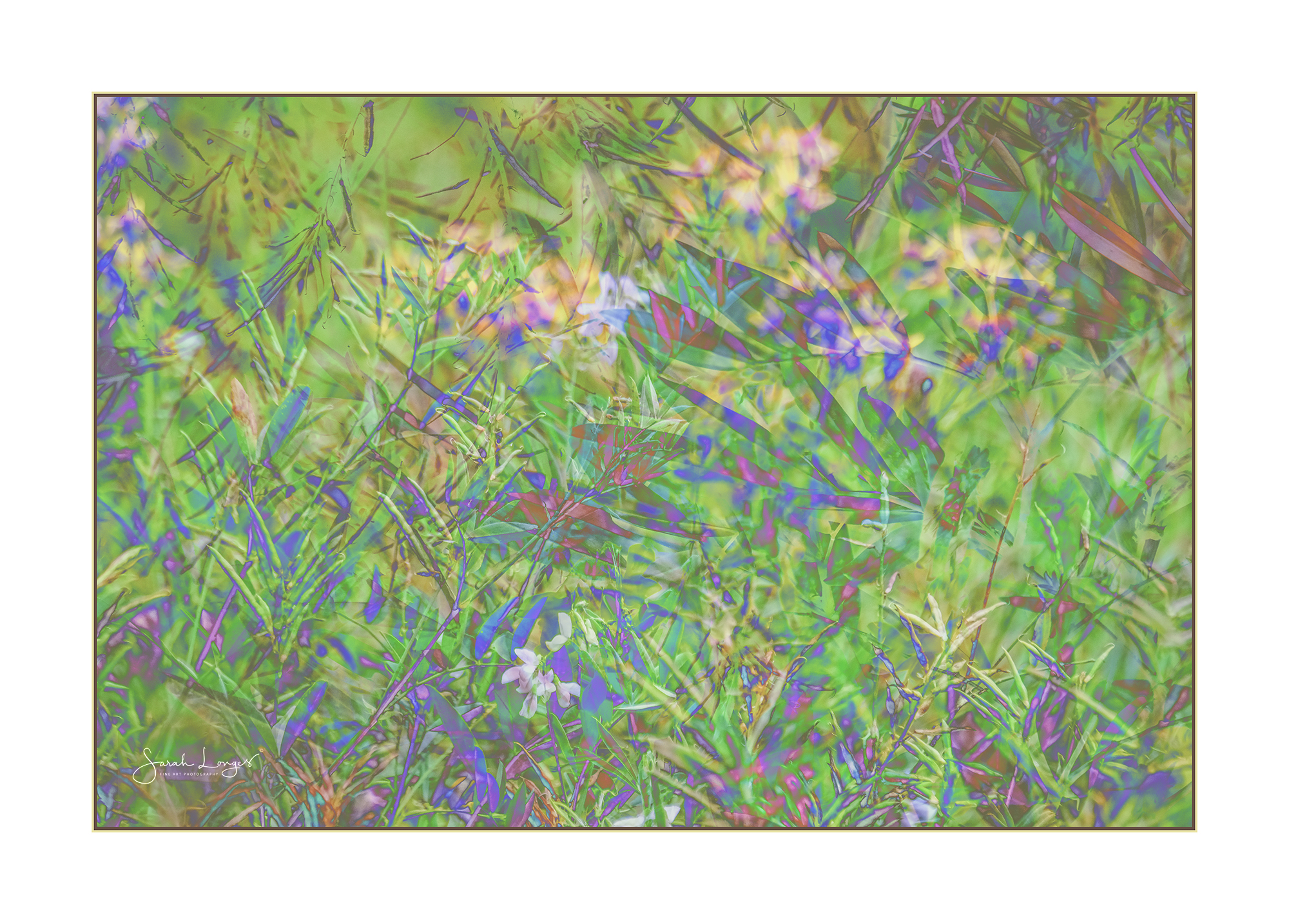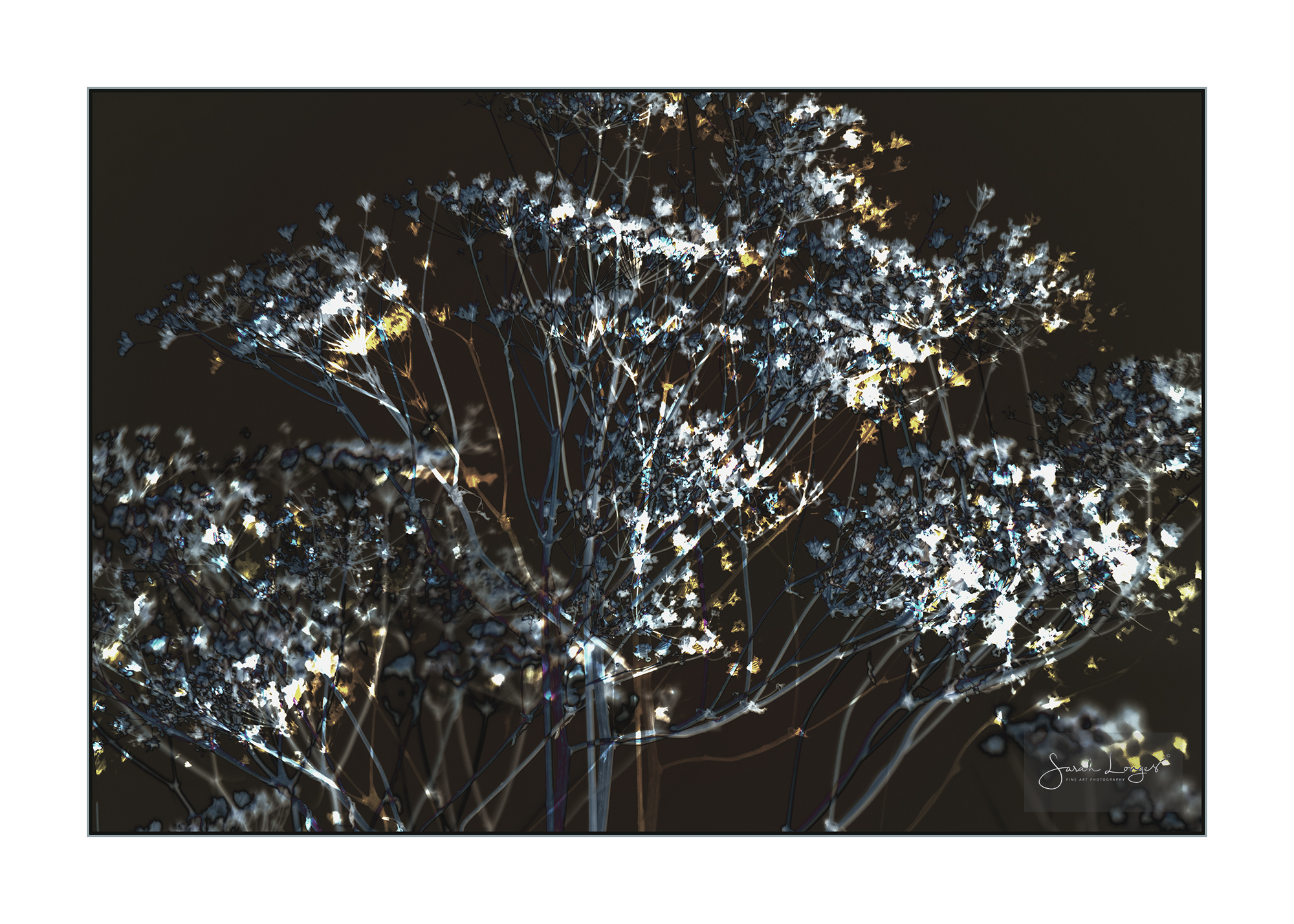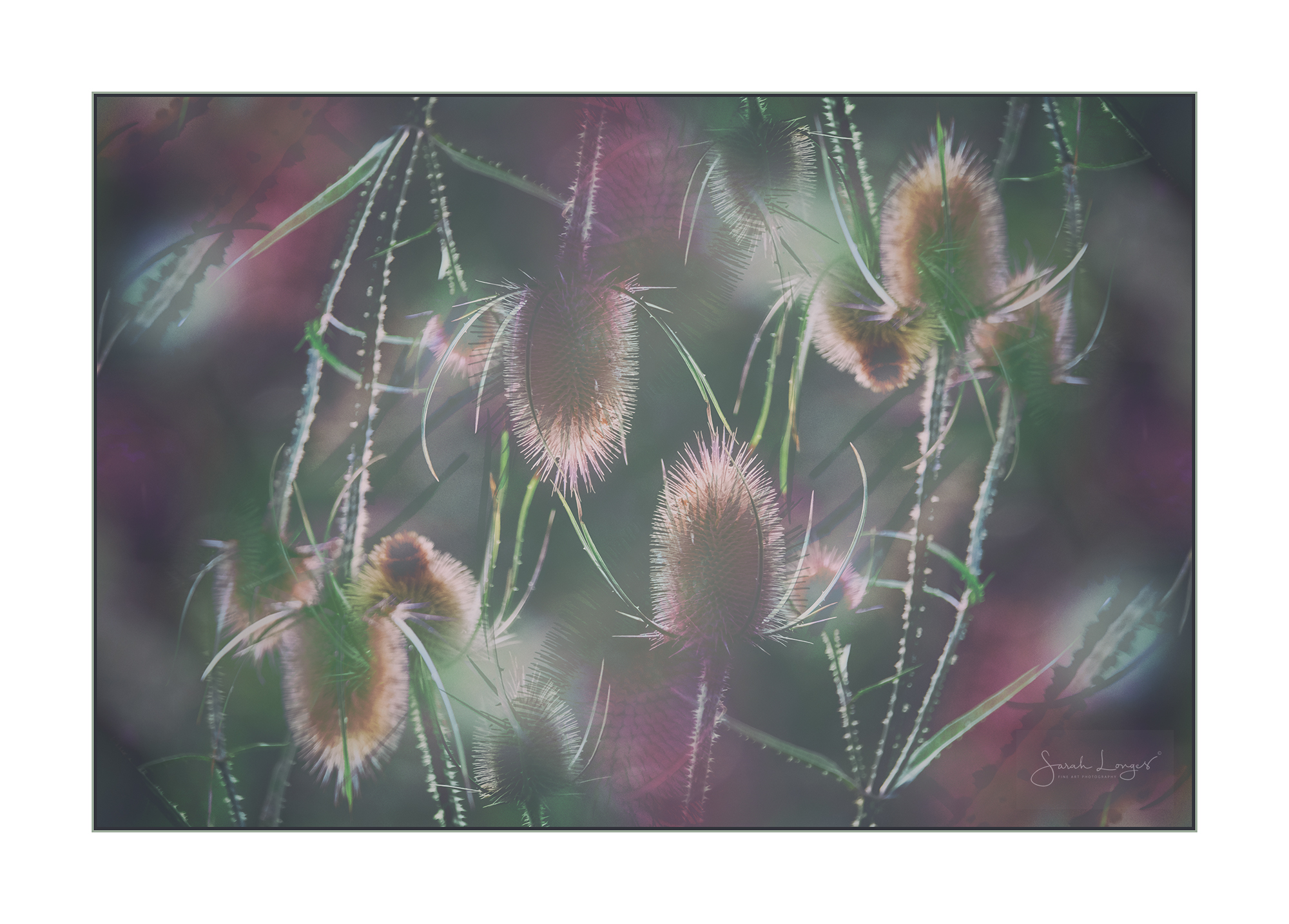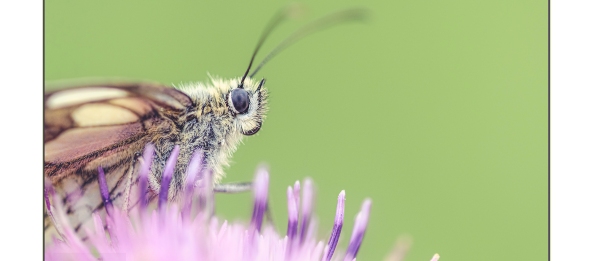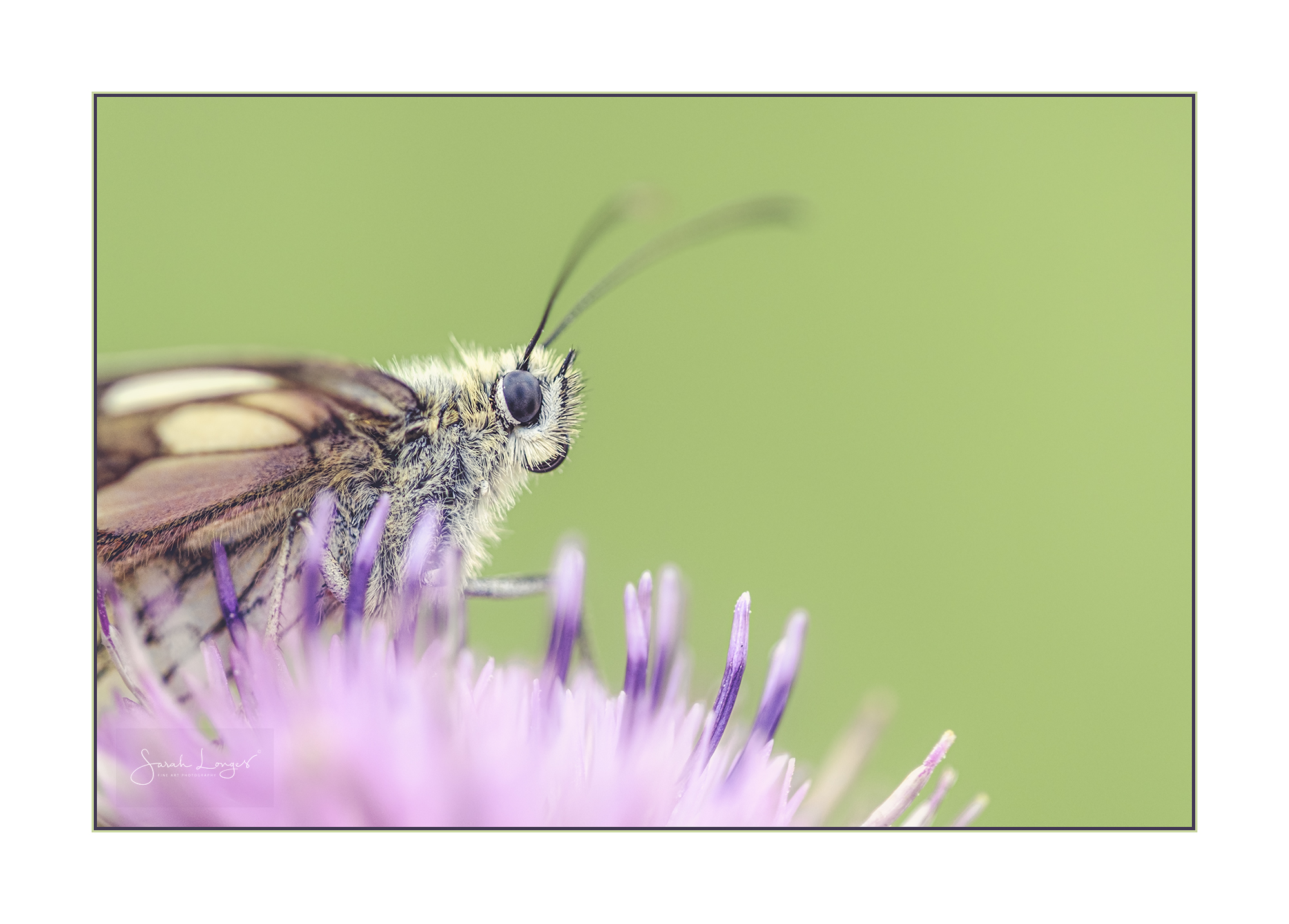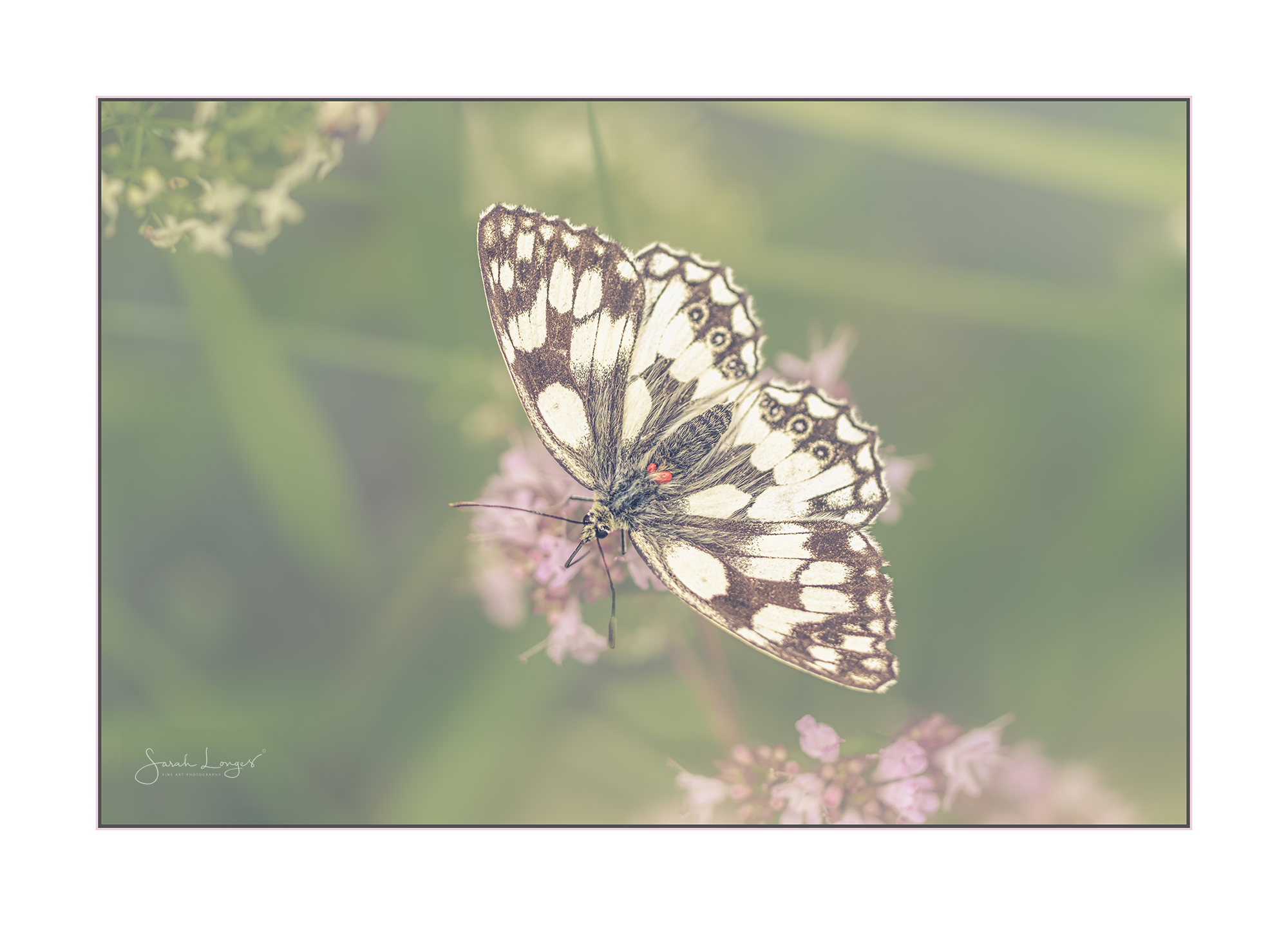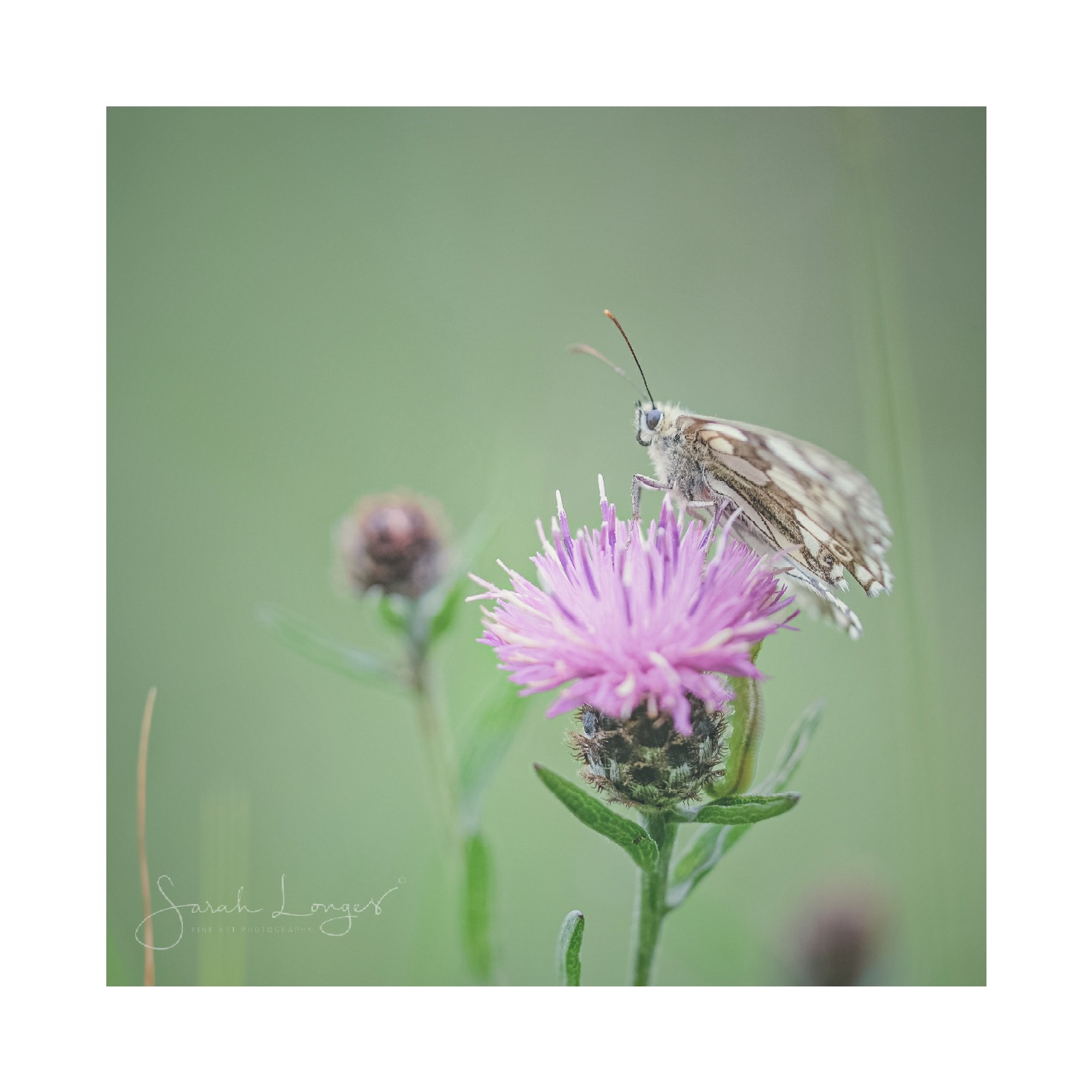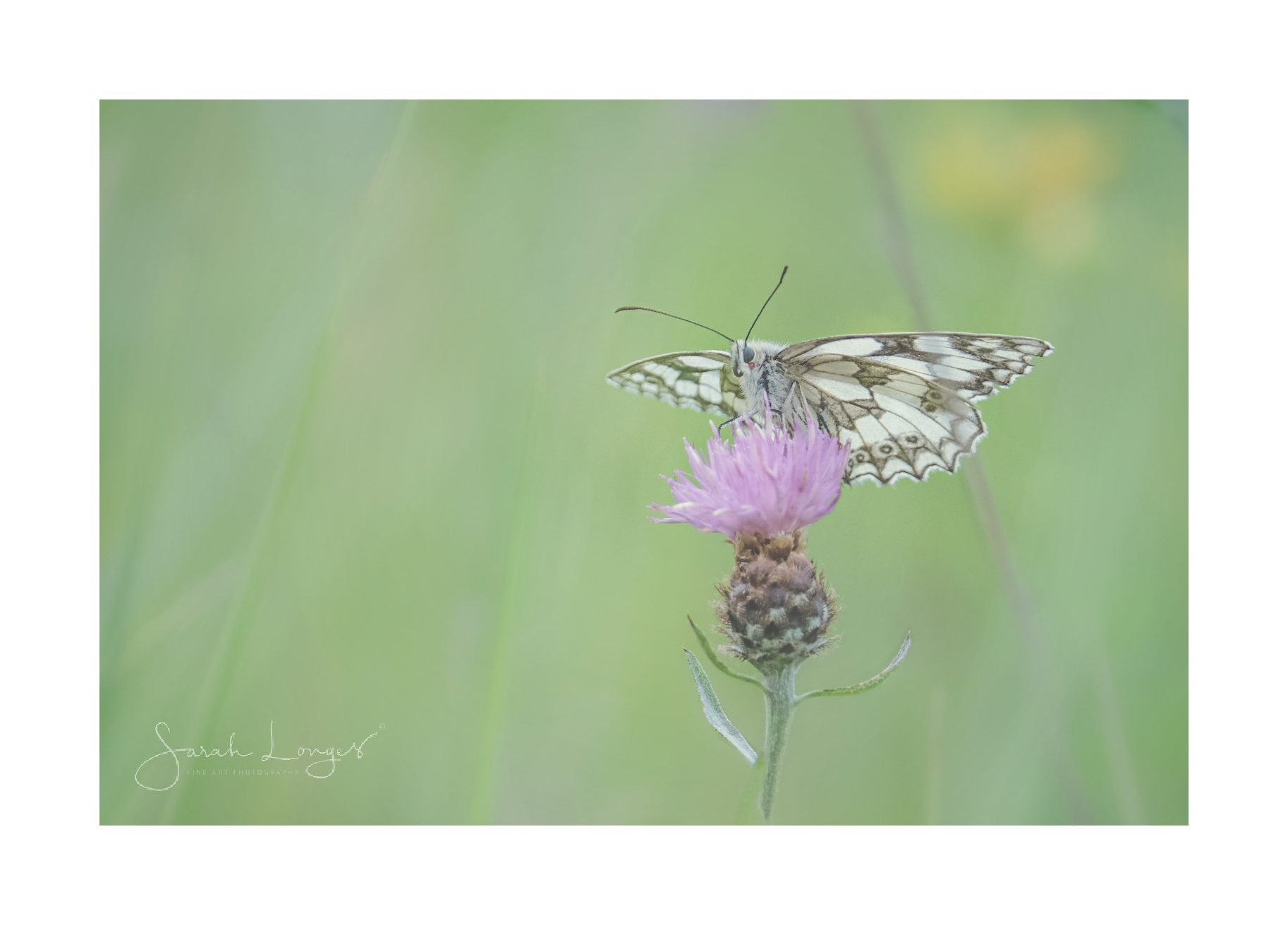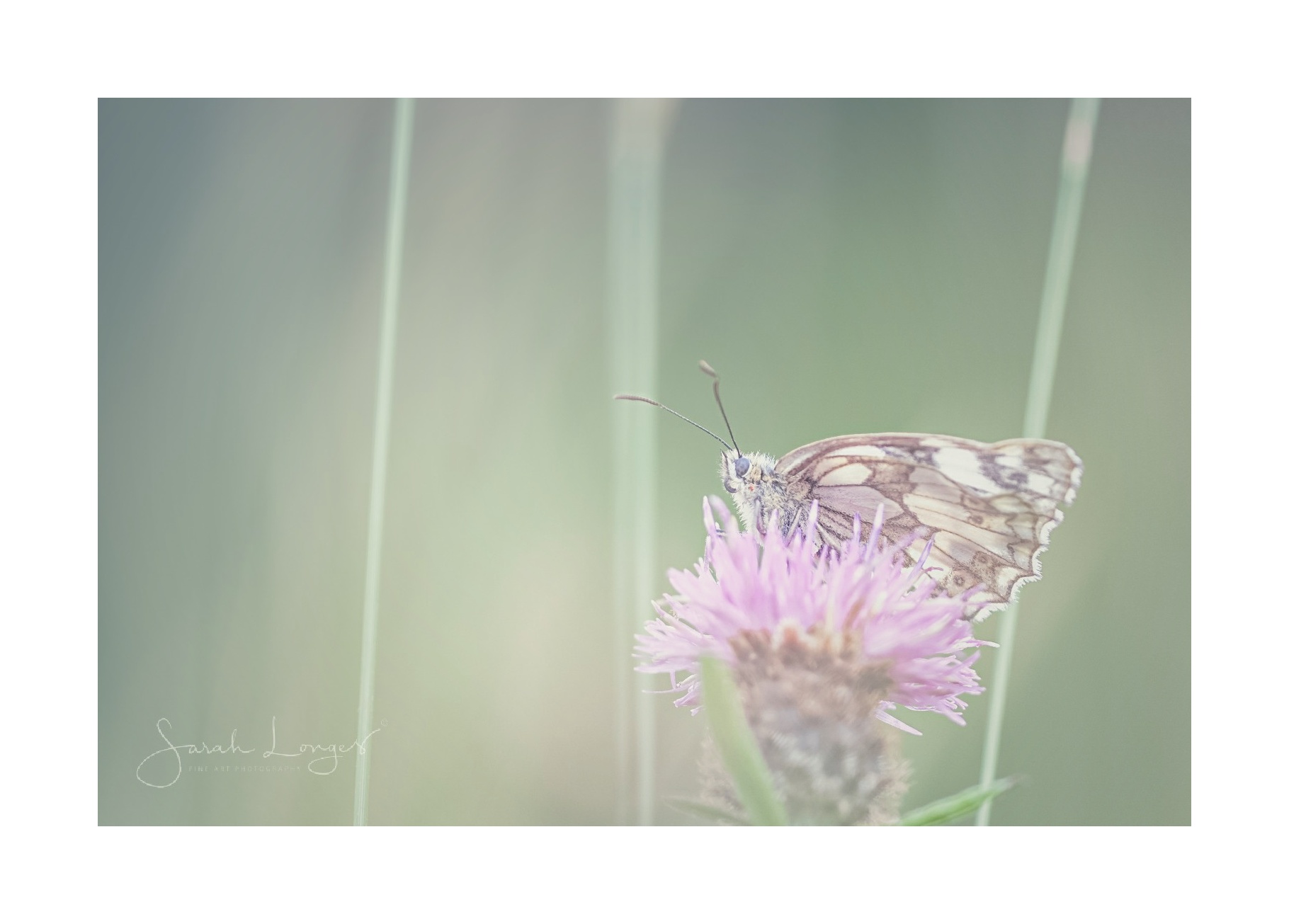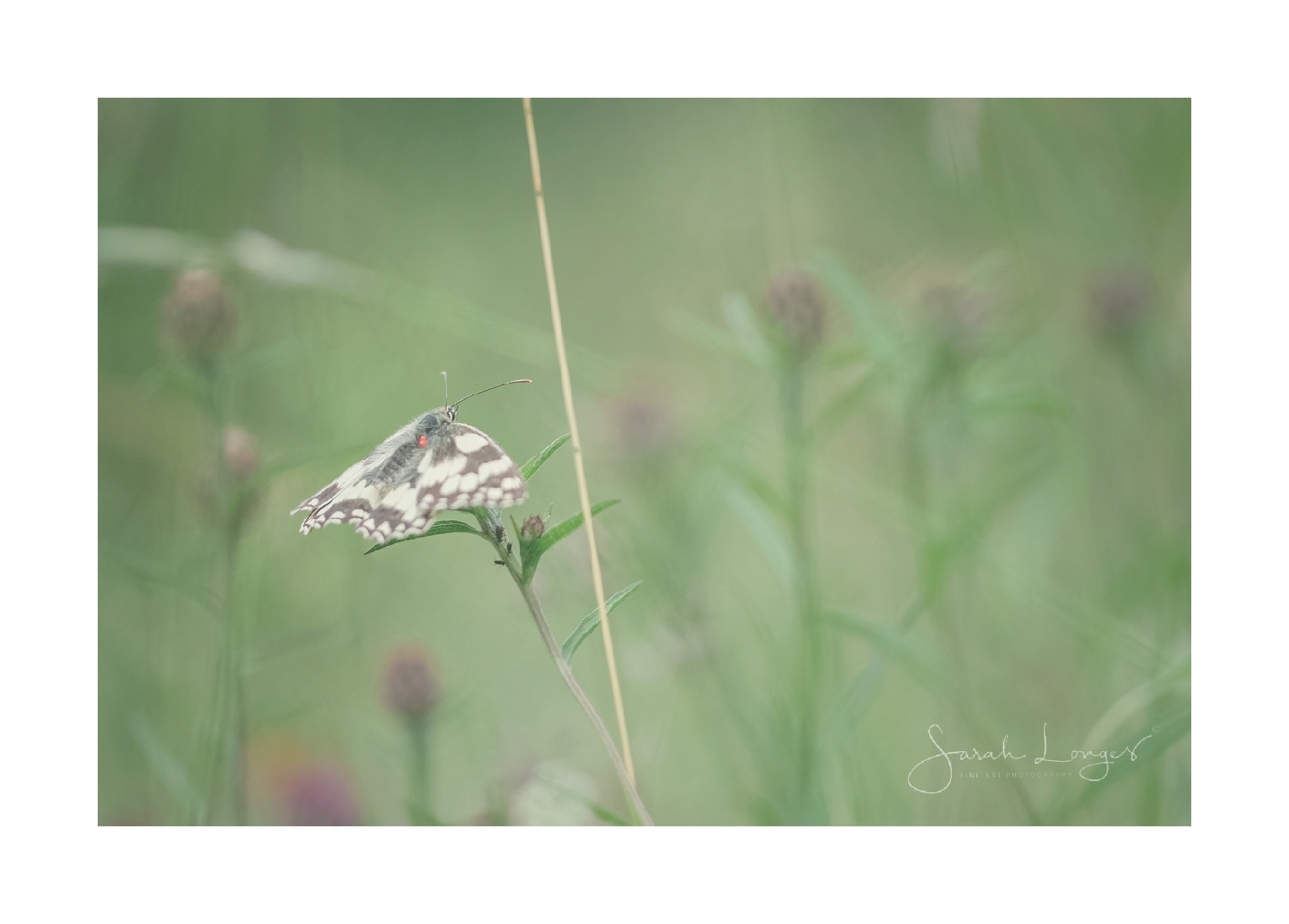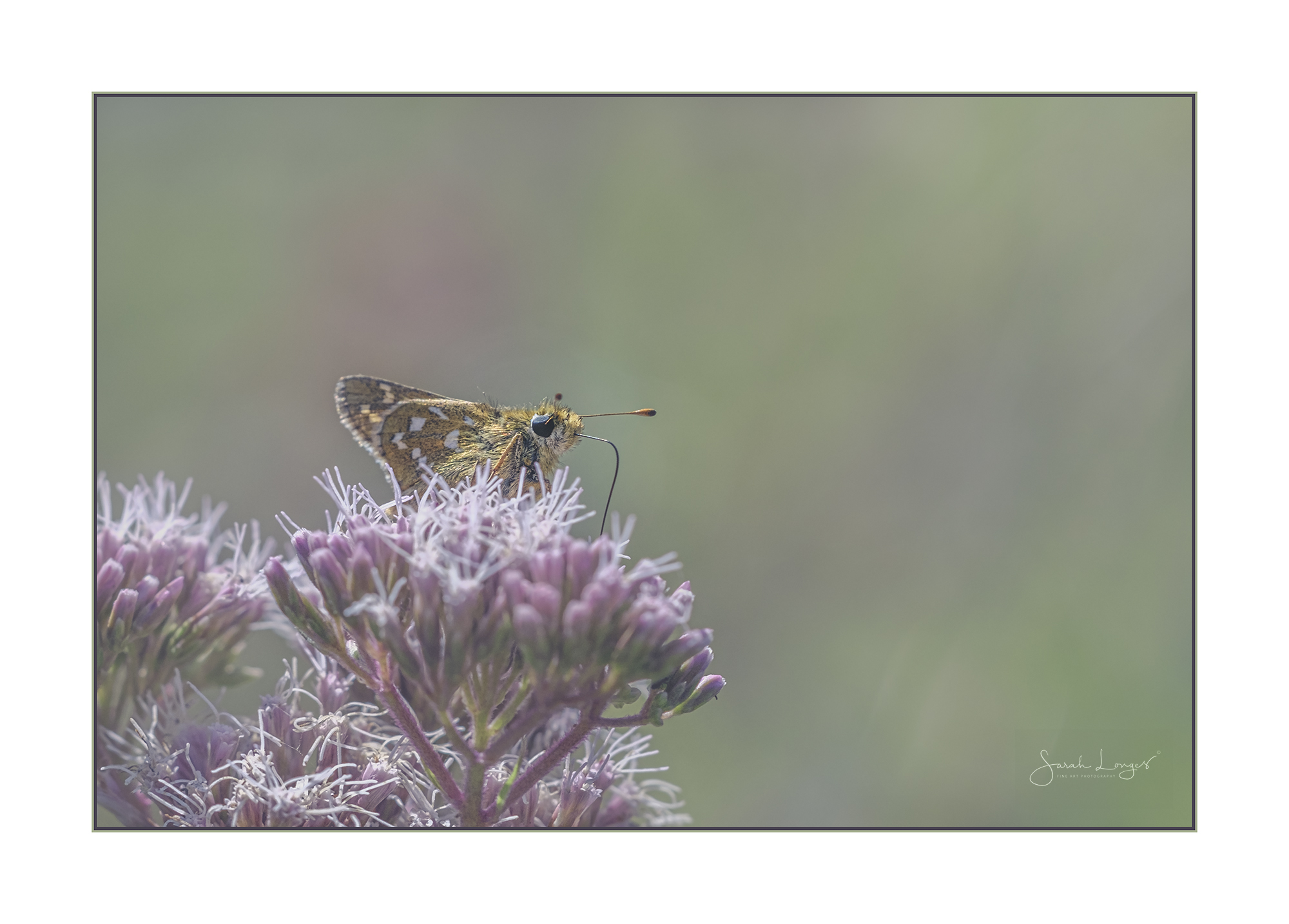
ShareMondays2020 – Spotting The Spotted
A breezy hour spent on a small patch of grassland on Box Hill looking for silver-spotted skippers last Thursday was definitely time well spent! One of the plentiful grasses on the hillside is sheep’s fescue, which is the sole food plant of the silver-spotted skippers’ caterpillars. It is also a food plant of meadow brown, gatekeeper and small heath caterpillars, all of which are numerous on the hillside!
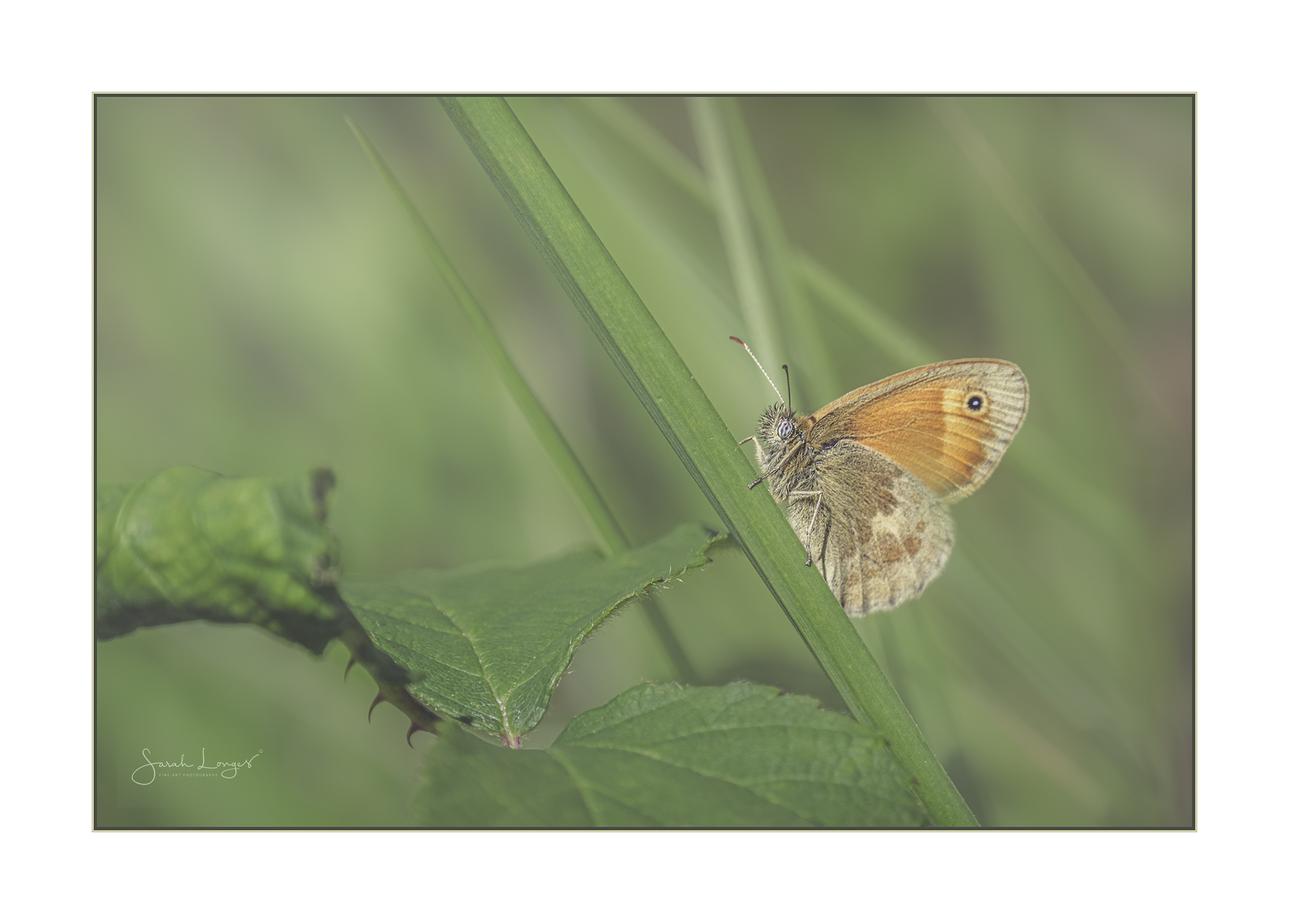
I also saw a number of six-spotted burnet moths and I couldn’t resist them! They’re one of over a hundred day-flying moths in the UK, many of these are micro moths and I struggle to name them. Burnets are so recognisable and, like me, are attracted to the colour purple! It’s a good thing that the hillside is a patchwork of purples still.
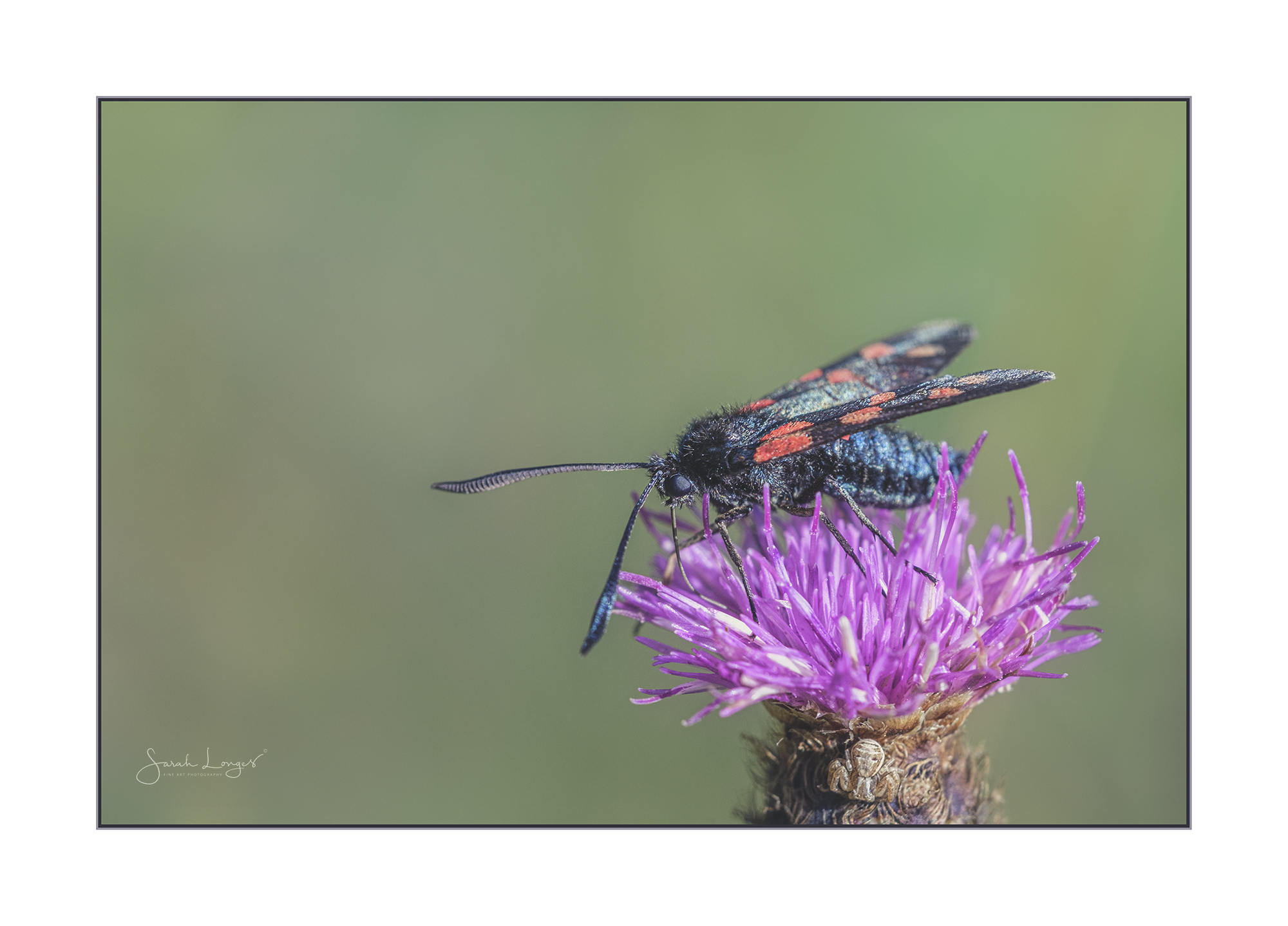

I spotted at least six silver-spotted skippers on the hillside which is the most I’ve ever seen in one visit! When they’re perched up on a flower or grass stem they’re pretty easy to find with those white spots against the gold wings. It’s a different story when they’re basking on the ground! They really do blend into the habitat well.
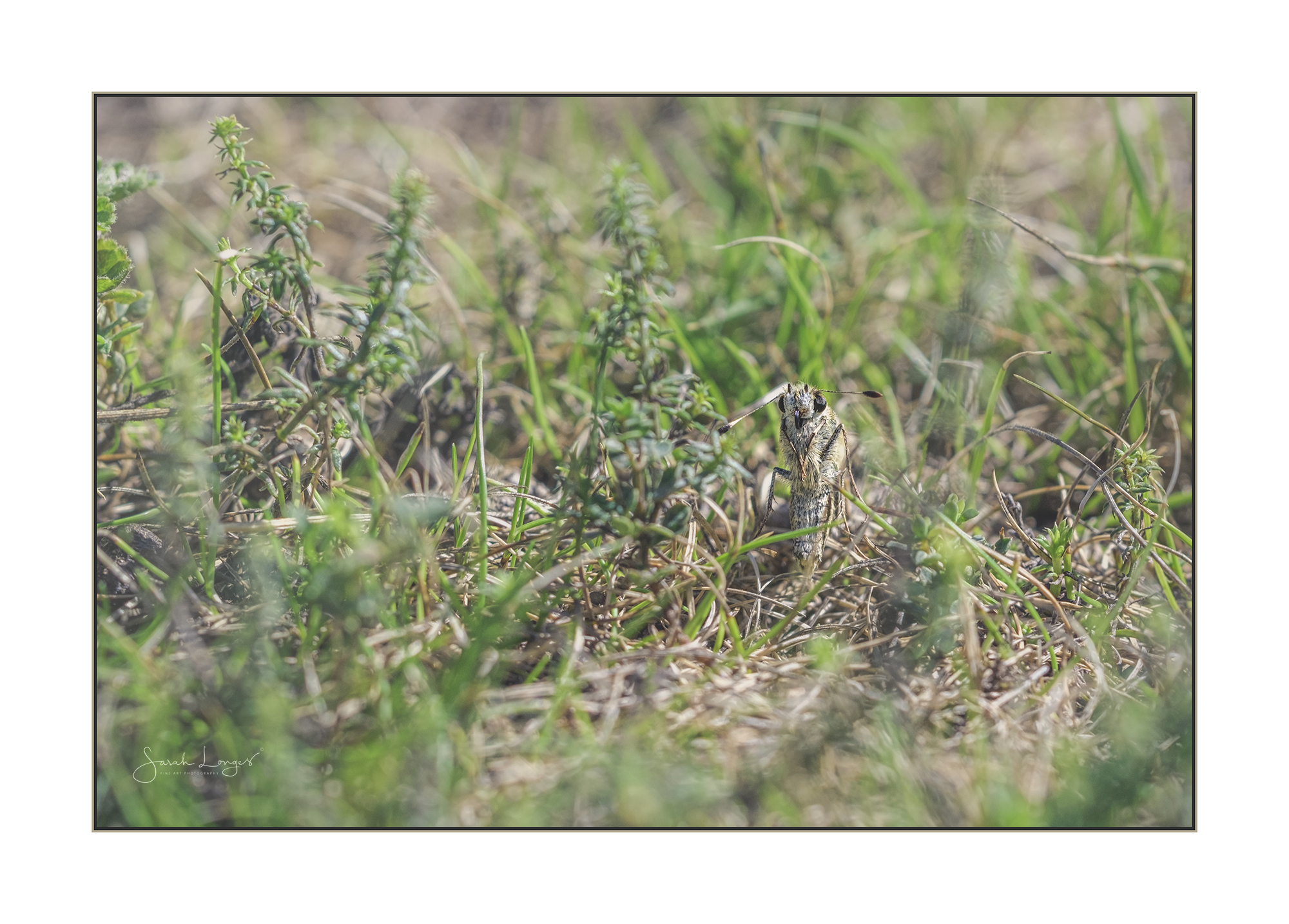
One of the skippers had a close call with a crab spider that was blending into it’s own surroundings on a knapweed flower! I probably wouldn’t have seen the spider if the skipper hadn’t lifted off so suddenly. They’re ambush predators and cleverly disguise themselves while they wait for a potential meal.

I would have loved to have captured a perfect shot of a silver-spotted skipper on field scabious. What a perfect combination! Unfortunately it was so breezy the butterflies were having a hard time staying on top of the delicate blooms. The closest I got to my ideal image was this one below, which I am being picky about as there’s a shadow falling across the skipper from another stem. Still a beautiful sight though and I can aspire to capturing my perfect shot one day in the future as we continue to protect this precious habitat and the treasures that live there.


